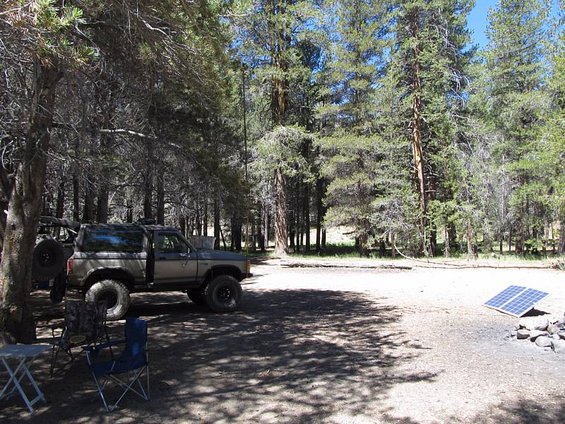Doc2012
New member
Ok gents. More of a lurker here, and enjoy reading the piss out of everything you wonderful guys have posted. I did search, but really didnt see anything that would answer my questions...
Heres my quandry.
I'm building a trailer.
I want power. (Duh)
Bewteen 12V, 24V, Battery options, Shore power, and all that crap, I'm completely mind blown.
things I plan on running in the trailer:
Water pump for shower(more than likely a 12v, possibly a 120v)
4-6 120V outlets for charging stuff, possibly small TV/DVD player(for the kids)
Lights on the inside(already there, just need to convert to 12V{You'll see what I mean in a minute})
Lights on the outside(more than likely 12V Cheapo Baja, possibly LED if I can ever find a damn housing so I can build mine)
As far as stuff that's going to need power, that's about it. I plan on having some other stuff on the trailer, but that will be using LP.
I've read the Camper Battery thread. I've searched and read the builds. There's great info out there. I've googled the snot out of this topic.
My plan WAS to use three charging options: Truck, Shore(if available) and Solar.
I've pretty muched nixed the Solar idea, for the simple fact that I would need a lot of panels to charge the battery, and I live in NC. Not a whole lot of places to go camping and wheeling without trees.
So that leaves me with my two main charging options: Truck and Shore. POSSIBLY a small generator, but don't want something loud, as it would be running all night...
I know I need inverters, converters, and all that jazz.
My question, for you folk, is what KIND of battery should I use?
I've seen people talk about 6v golf cart batteries, 12V systems, hell, I've seen 48V banks and all that crap.
Amp Hours is something I need to take into consideration, I know this. I need to figure out how many amps I'll be drawing, ect.
I'm thinking the 12v, wired in parallel, 2-4 batteries for the whole shebang.
But WHY not the 6v or the 48v golfcart batteries(guessing not the 48v because of the fact, that its a 48v.)
Help please.....
Heres my quandry.
I'm building a trailer.
I want power. (Duh)
Bewteen 12V, 24V, Battery options, Shore power, and all that crap, I'm completely mind blown.
things I plan on running in the trailer:
Water pump for shower(more than likely a 12v, possibly a 120v)
4-6 120V outlets for charging stuff, possibly small TV/DVD player(for the kids)
Lights on the inside(already there, just need to convert to 12V{You'll see what I mean in a minute})
Lights on the outside(more than likely 12V Cheapo Baja, possibly LED if I can ever find a damn housing so I can build mine)
As far as stuff that's going to need power, that's about it. I plan on having some other stuff on the trailer, but that will be using LP.
I've read the Camper Battery thread. I've searched and read the builds. There's great info out there. I've googled the snot out of this topic.
My plan WAS to use three charging options: Truck, Shore(if available) and Solar.
I've pretty muched nixed the Solar idea, for the simple fact that I would need a lot of panels to charge the battery, and I live in NC. Not a whole lot of places to go camping and wheeling without trees.
So that leaves me with my two main charging options: Truck and Shore. POSSIBLY a small generator, but don't want something loud, as it would be running all night...
I know I need inverters, converters, and all that jazz.
My question, for you folk, is what KIND of battery should I use?
I've seen people talk about 6v golf cart batteries, 12V systems, hell, I've seen 48V banks and all that crap.
Amp Hours is something I need to take into consideration, I know this. I need to figure out how many amps I'll be drawing, ect.
I'm thinking the 12v, wired in parallel, 2-4 batteries for the whole shebang.
But WHY not the 6v or the 48v golfcart batteries(guessing not the 48v because of the fact, that its a 48v.)
Help please.....






